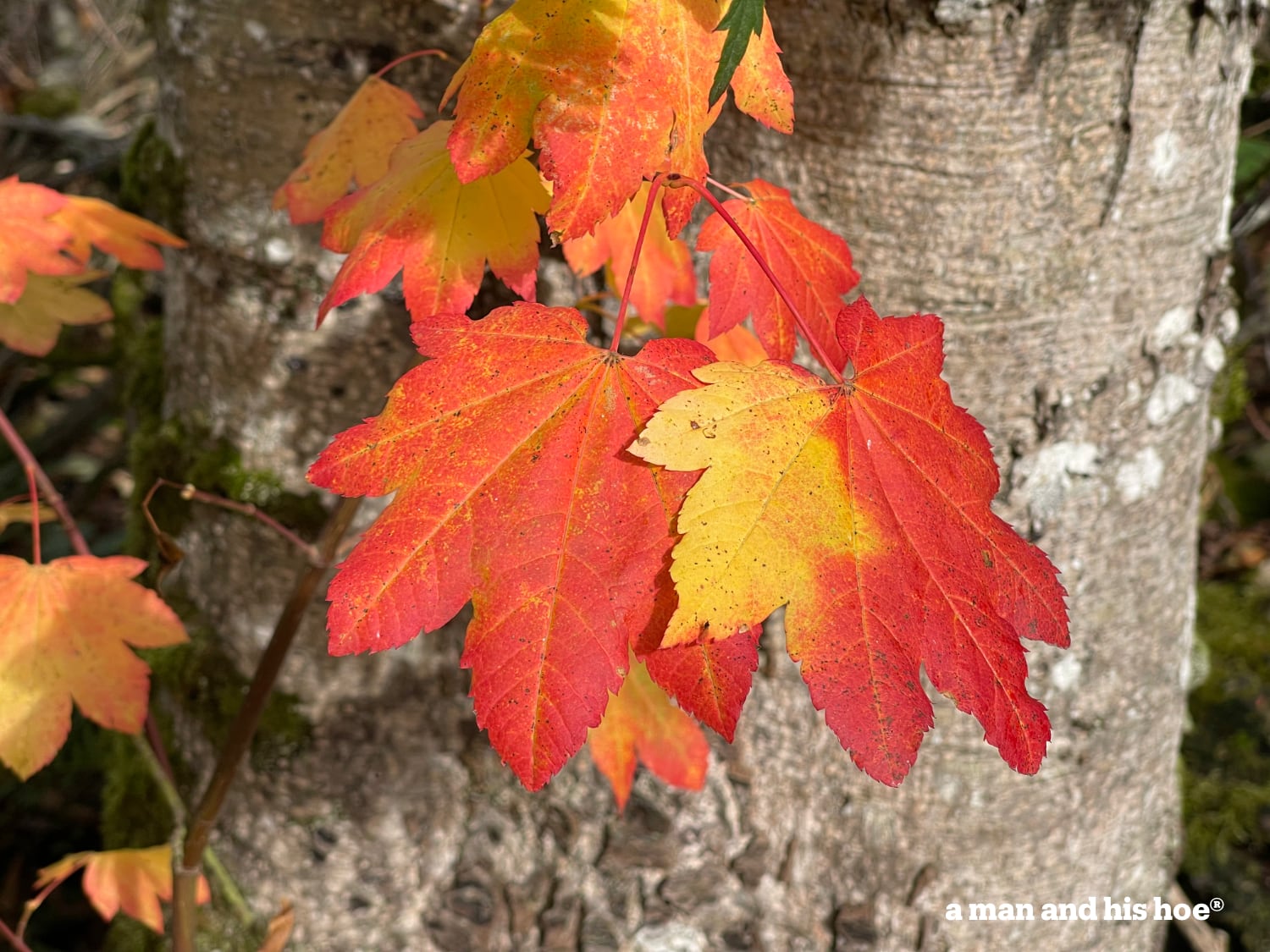Your cart is currently empty!
Month: November 2022
-
First Frost of the Season

The first frost of the season gave the little Buddha a frosty white head. This year was odd because we had our first snow of the season the night of the 7th, before our first frost. The sun melted the snow yesterday, and this morning our first frost prickled the leaves and the head of this patient Buddha.
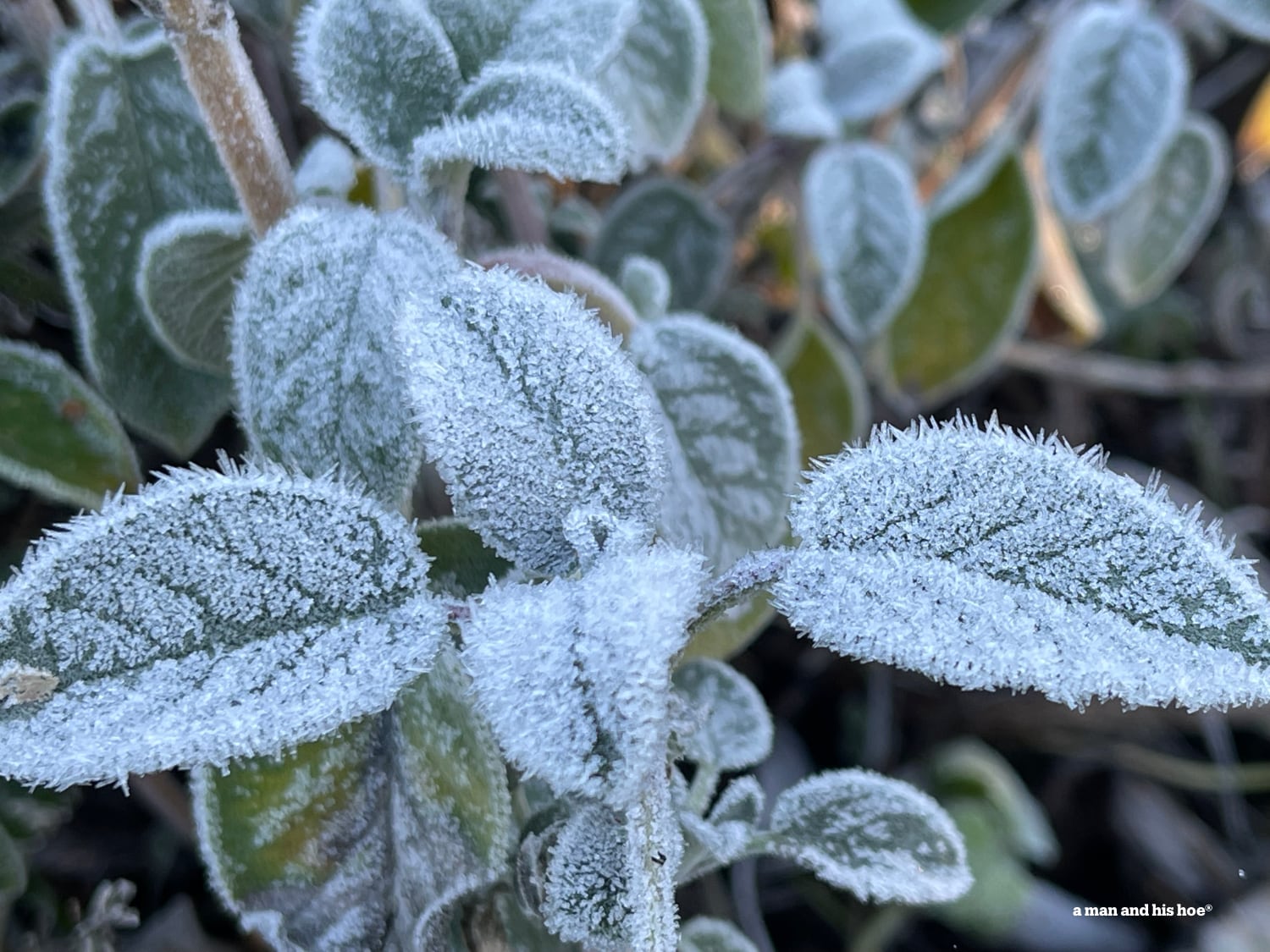
It feels like winter. According to the traditional Chinese solar term calendar, yesterday was the start of winter, the 19th of the 24 solar terms in a year. 立冬, which translates to “winter standing up.” I can go along with that.
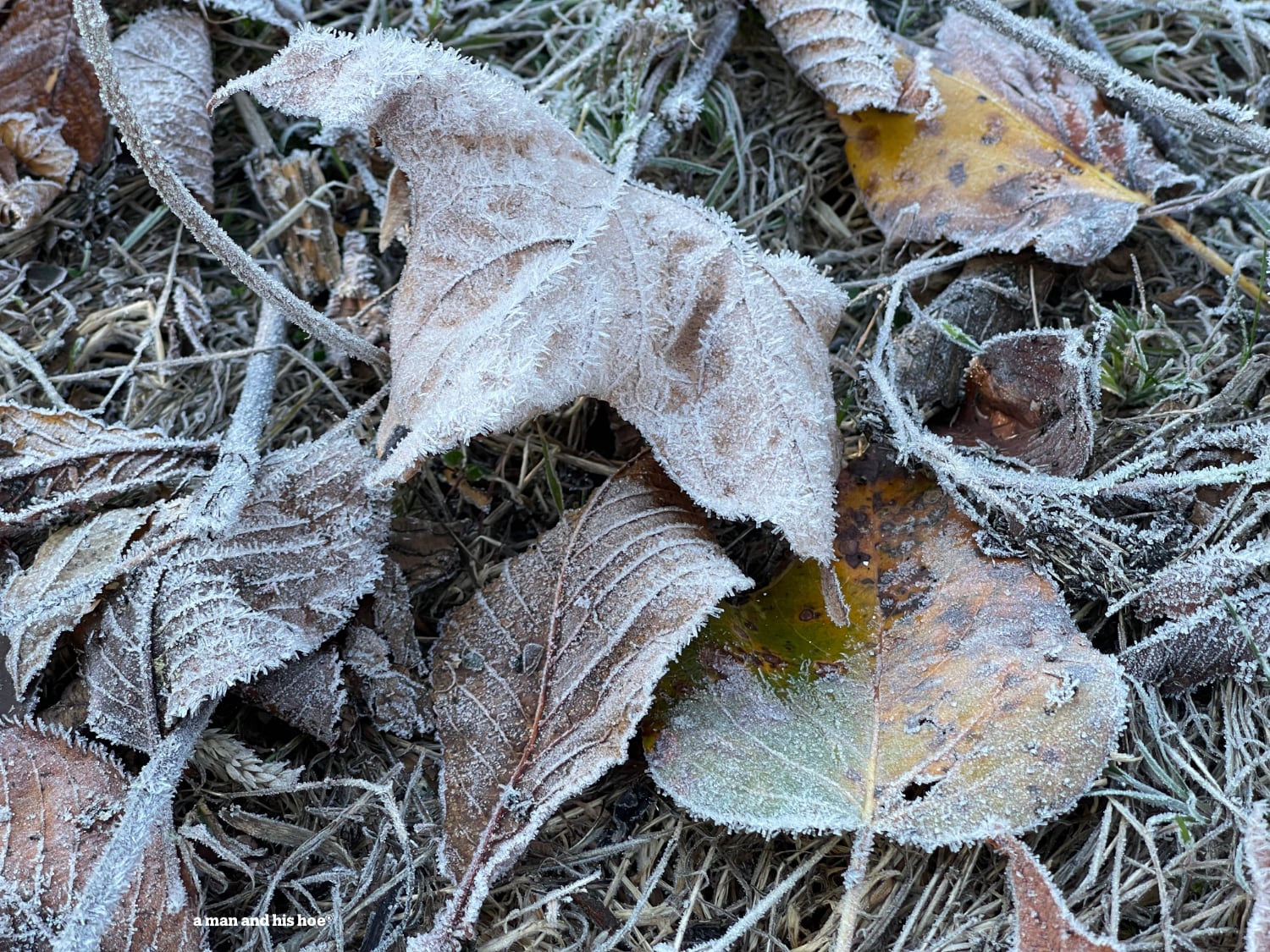
The rains have lifted. The rivers dropped. And the vast lake of a few days ago where the swans swam is a green field again. Here one day. Gone the next. Nothing stays the same.
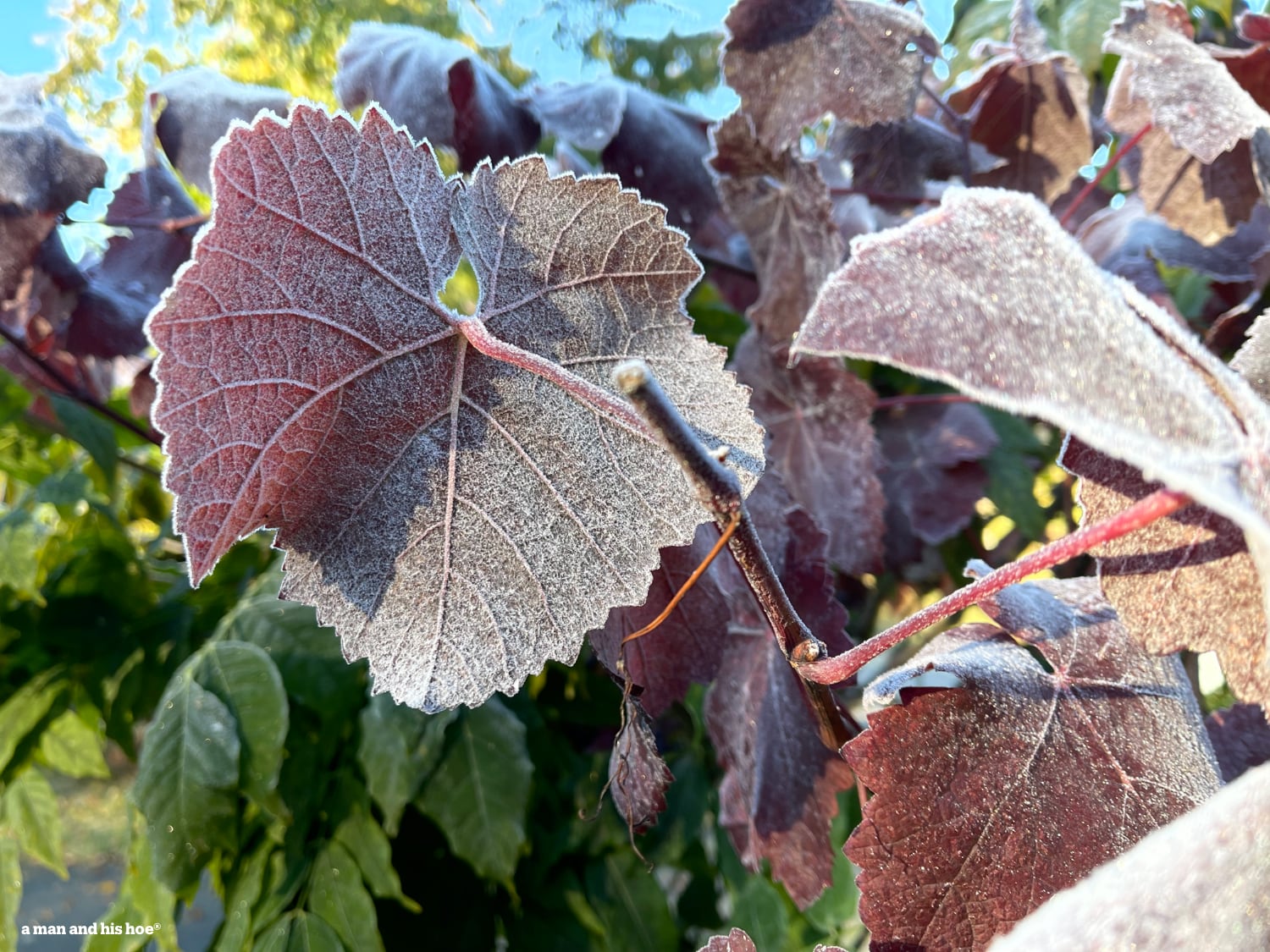
Even this morning’s frost is quickly fading. And by noon it will be all gone.
I’ve been reading The Song of the Cell by Siddhartha Mukherjee. It’s a fascinating read on what we know of the cells that make plants and animals. What interests me is how little people from just a hundred or two hundred years knew how life really works. Even now, there is so much that scientists don’t know how cells work.
Which makes me wonder why we pay any attention to what the ancients thought. They had no understanding of how the human body worked. It was less than 400 years ago, in 1628, that physiologist, William Harvey, described the heart as a pump that circulated blood through the body.
Think about that. People before William Harvey published his research in 1628, had no idea that the heart pumped blood through the body with one pump, and through the lungs with another pump. Round and round and round. And when he did publish his work, there were eminent researchers who scoffed at his ideas.
And it’s been less than a hundred years since scientists discovered that the pancreas made insulin! Prior to 1642, scientists considered the pancreas to be a cushion that protected the stomach. But in 1642 two anatomists discovered that there was duct inside the pancreas and realized that a pancreas was more than a cushion because a cushion would have no need for a duct inside it. But it wasn’t until the 1920’s that scientists discovered that the pancreas made insulin.
So why do we bother to take seriously the thoughts and ideas of the ancients who knew less about how the universe and life works than grade schoolers of today? Would you take seriously anyone who doesn’t know that the heart pumps blood through the body? Or who doesn’t know that the earth revolves around the sun?
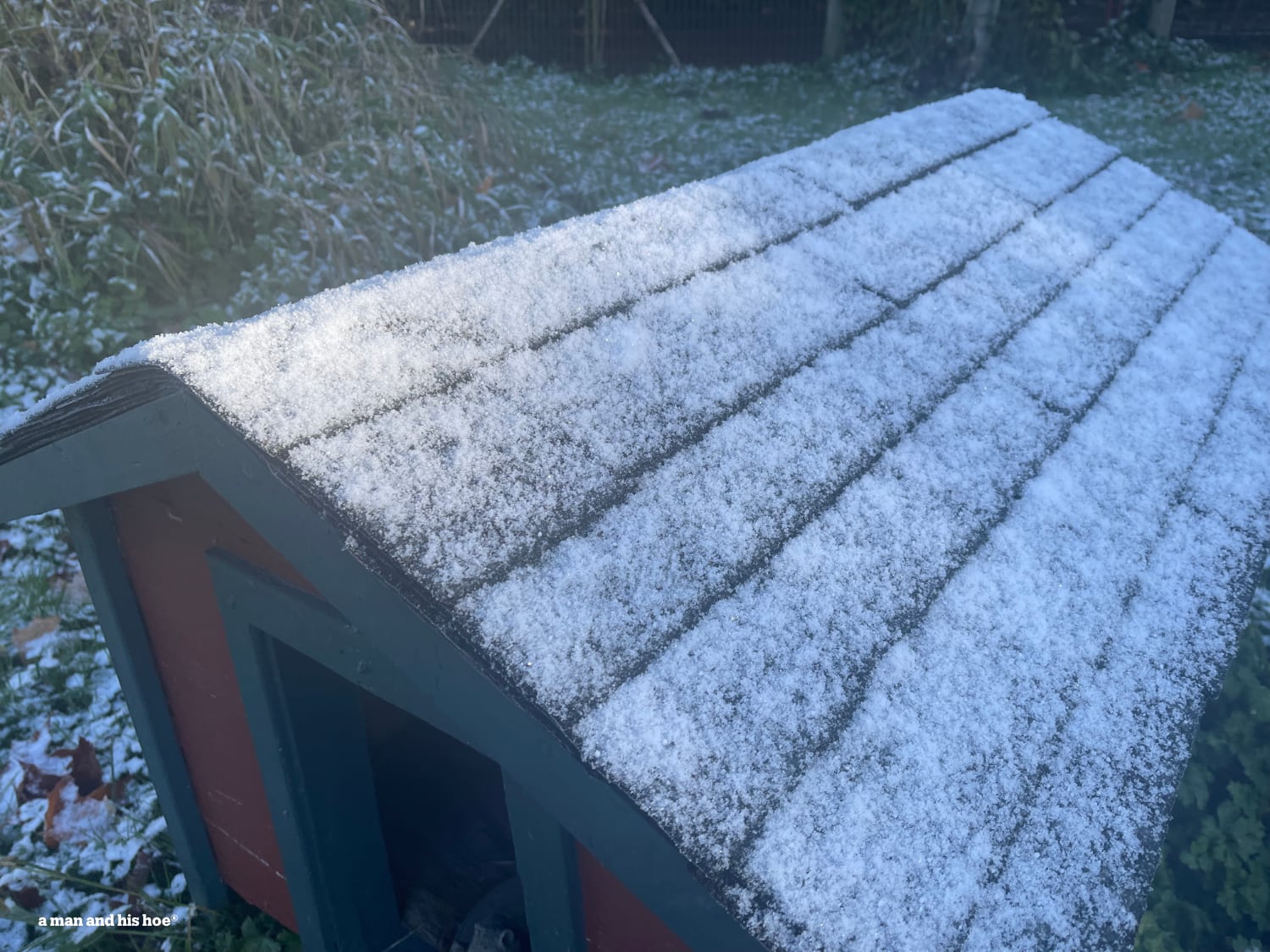
-
Swan Lake
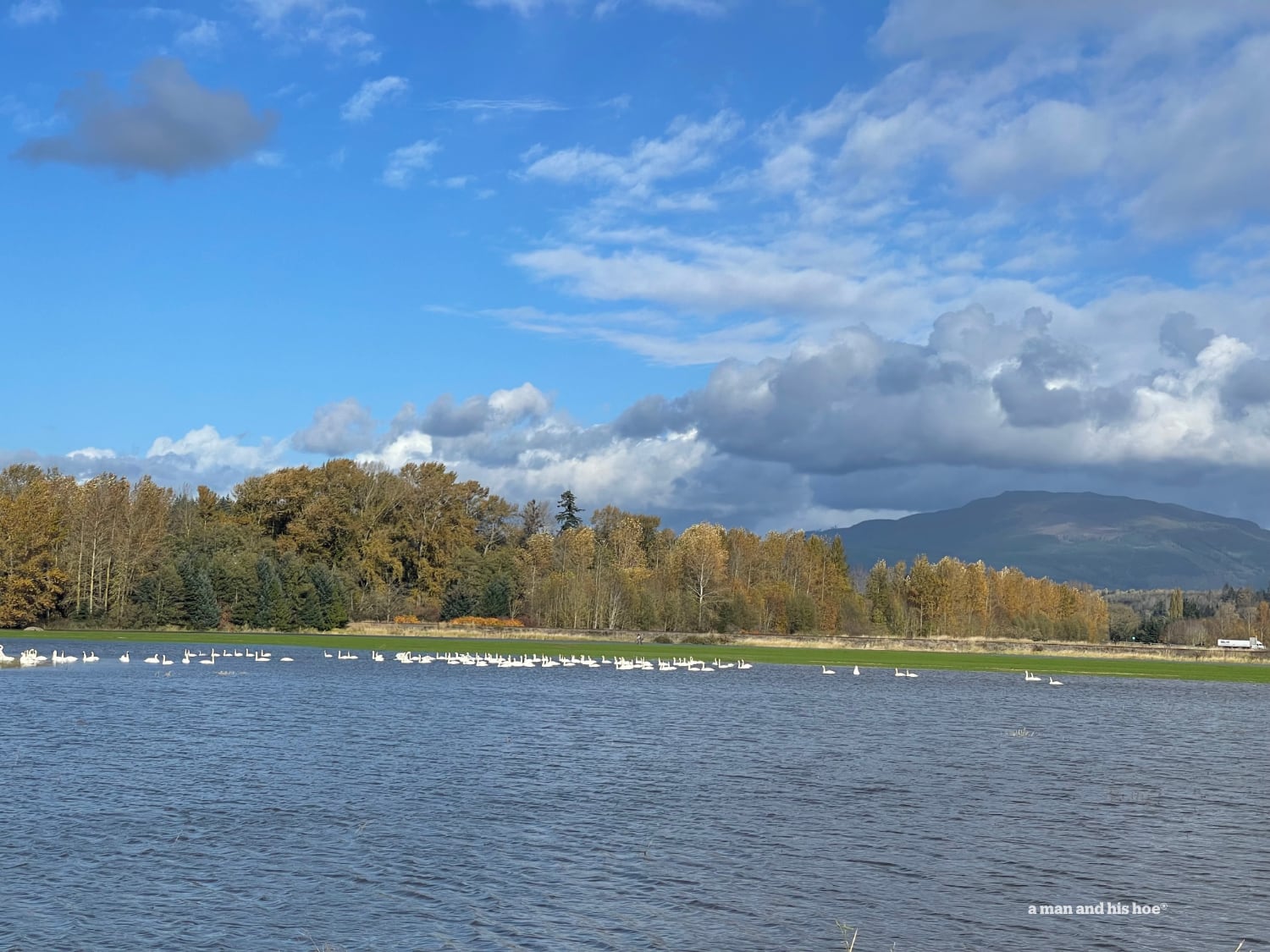
A little more than a week ago this was a dry, parched field, as bone dry as the Sahara. And the air was acrid with forest fire smoke. But after a week of rain, the dusty field has turned into Swan Lake. Contented swans trumpet ceaselessly. Imagine if the swans had arrived ten days earlier. They wouldn’t have stayed. Not in a bone dry desert.
It’s enough to make you believe that swans are infused with the divine power to pull rain clouds behind their wings. So that wherever they go, they turn dry, dusty fields into swan lakes.
Maybe in drought stricken places, they should fill the air with the trumpeting of swans to beckon swans to come and pull rain clouds behind them.
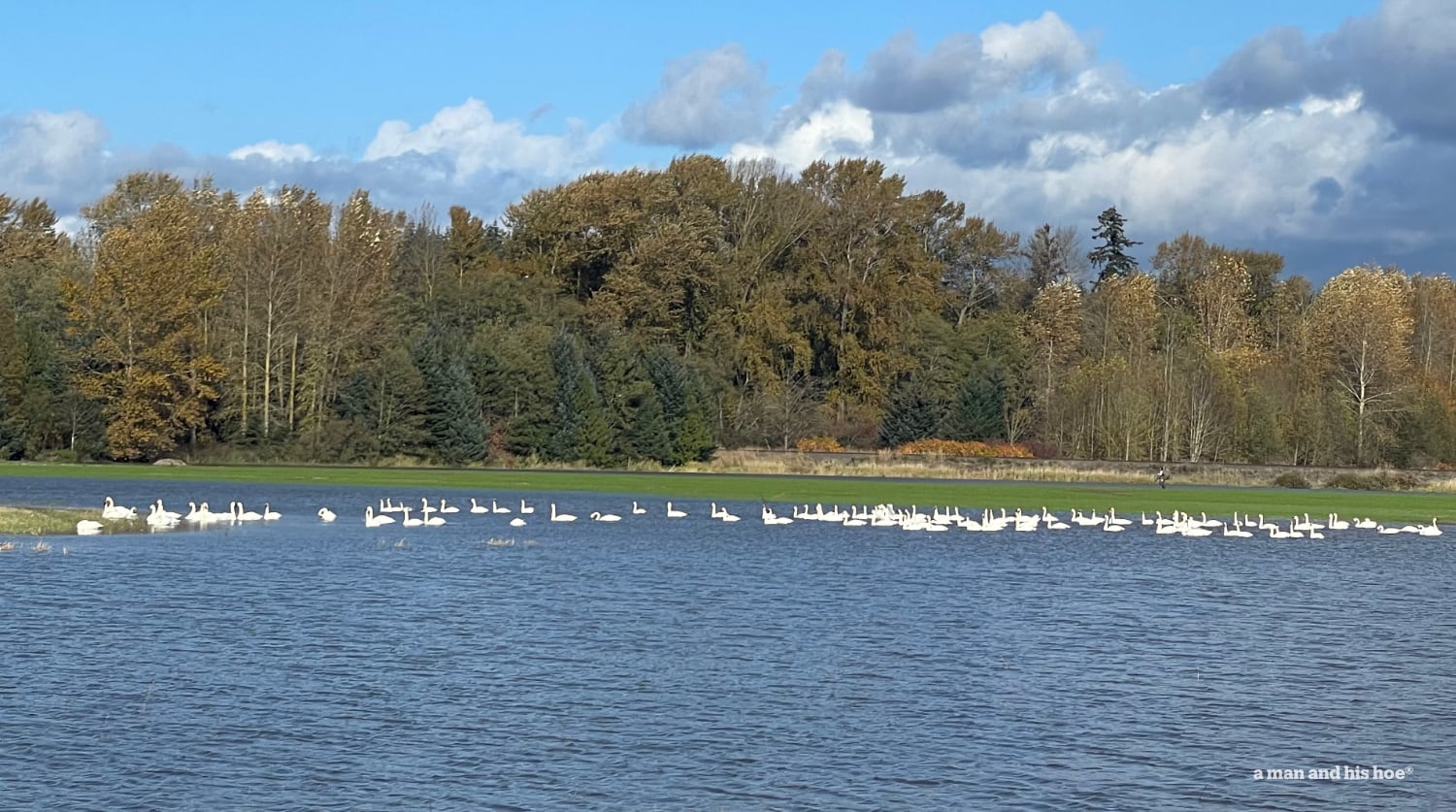
Anyone looking at this idyllic scene of swans floating merrily along would never believe that a short time ago this was desert land.
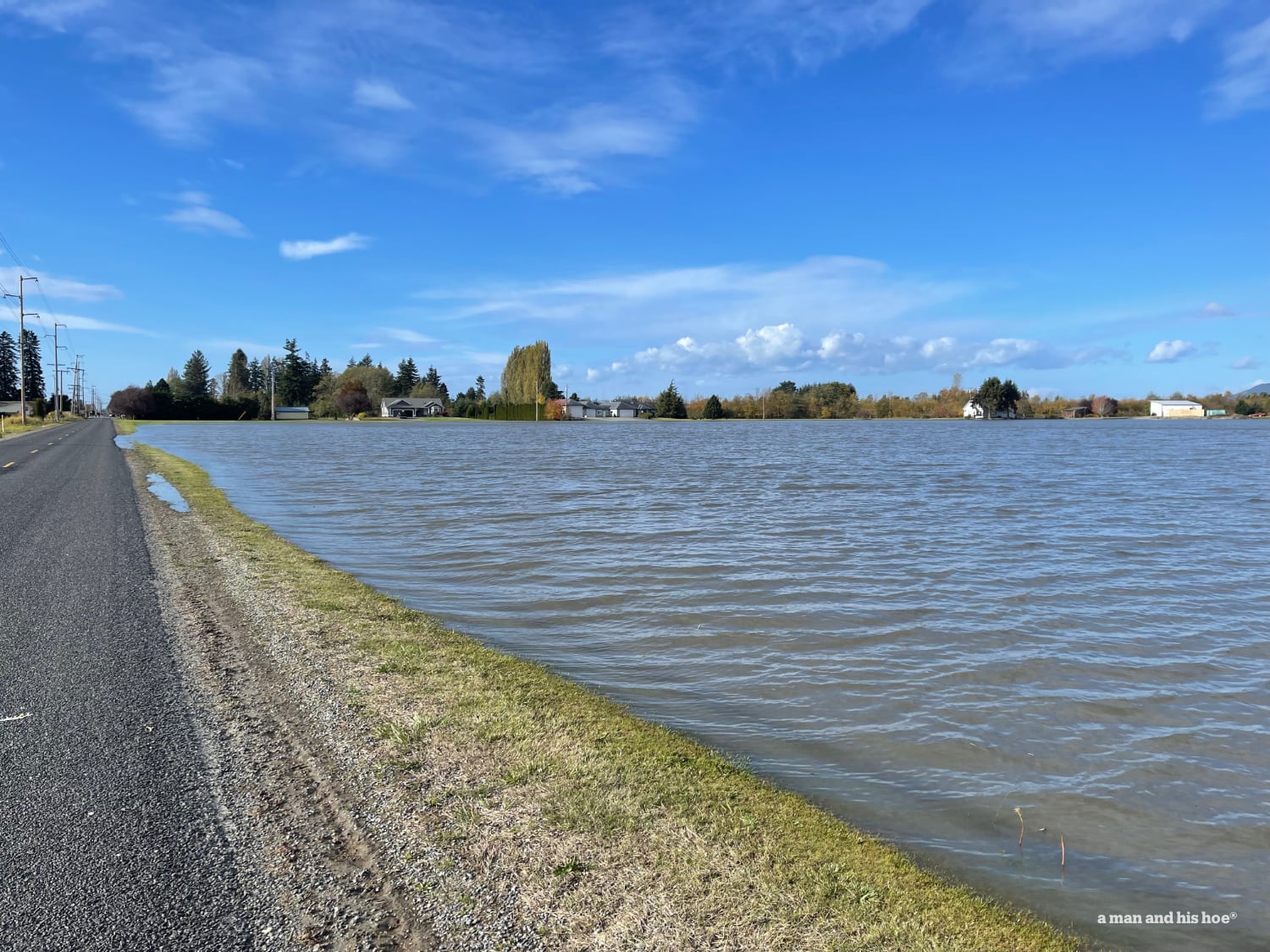
Or that this was barren land. Yesterday, I drove into town to get chicken feed. But I had to pull off Chuckanut Drive when I crossed the Sammish River and saw that it was full and overflowing its banks. Flood waters cover the driveway of the homes along the new lake. The homes are marooned as if on an island.
What other magical powers do swans posess?
-
Do Swans Have Calendars?
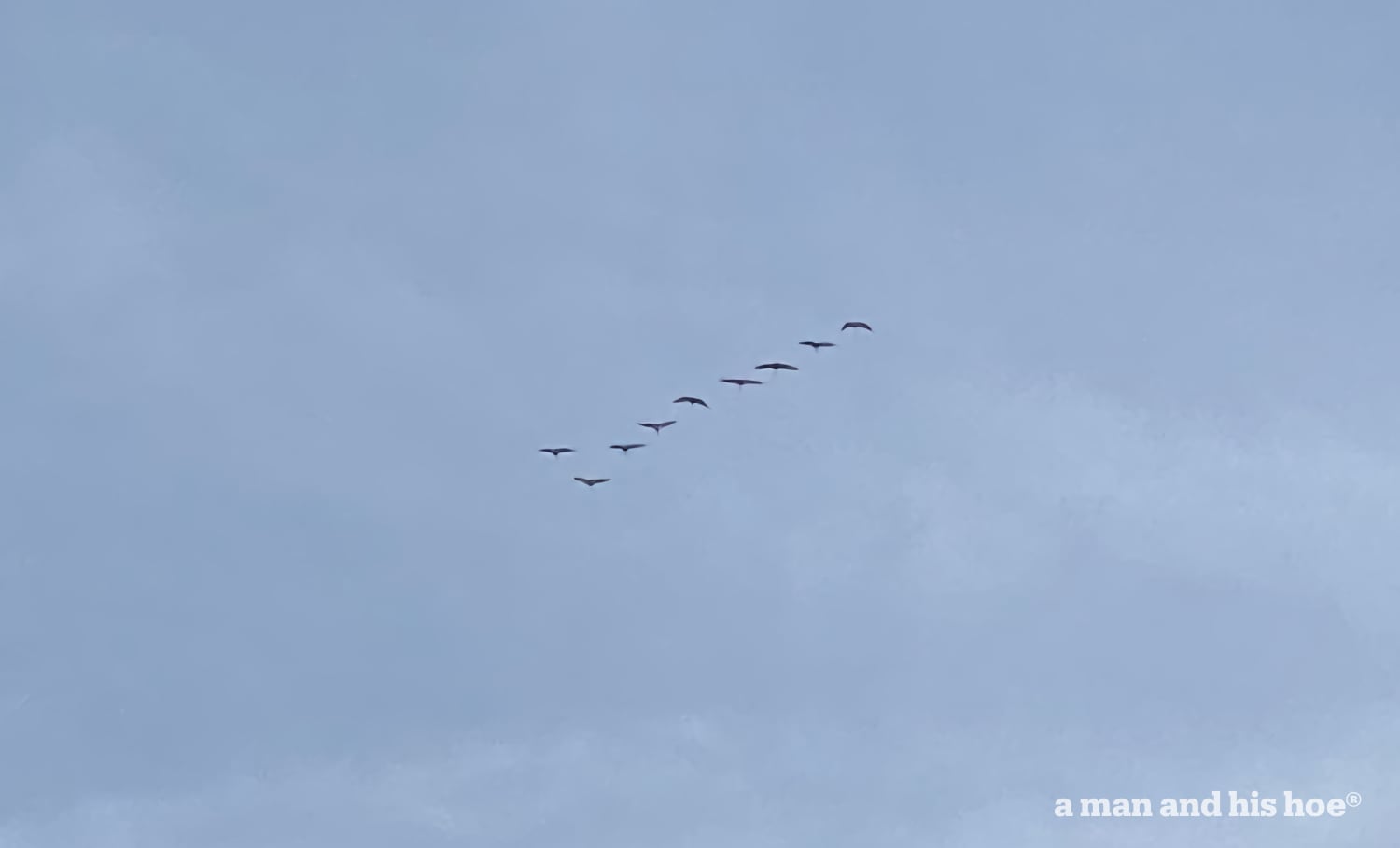
Do swans have calendars? I wonder sometimes. They have an uncanny ability of showing up on November 1. Not on October 31 or on November 2. But precisely on November 1. And this year was no exception. I was outside in the woods on November 1 when I heard their trumpet calls high in the air. So I dashed out of the woods and saw them fly overhead. But I didn’t have my phone with me so I ran inside, grabbed it, ran back outside, and managed to catch a distant view of them as they flew south.
Nine swans, flying in from Alaska on their migration to the Skagit Valley. Where did they take off from that morning? How many hours had they flown when they flew overhead at 2:35 in the afternoon? I think it would take migrating swans posting their flights on TikTok to get me to join TikTok.
And yesterday, as we drove around doing errands, we saw flocks of swans on the lakes and in the pastures and fields. So the first ones are back for the winter. And they all used the same calendars.
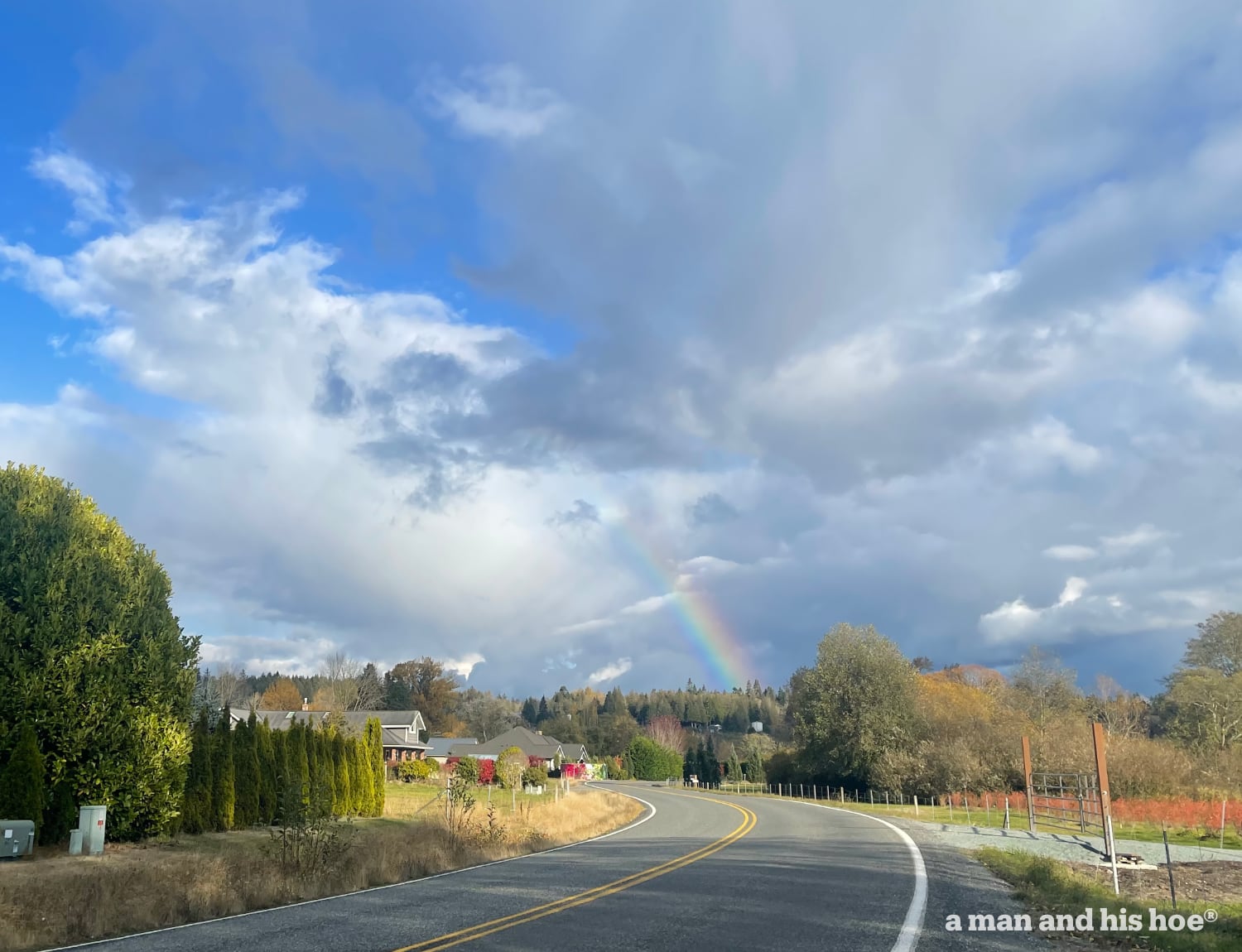
The next day when I went to get the mail, I knew there had to be a rainbow someplace because the sun was out and yet there was drizzle in the air. And on the way back home, I spotted the rainbow. What do swans do when they see a rainbow? Do they avoid it? Flap their wings like crazy to fly through it?
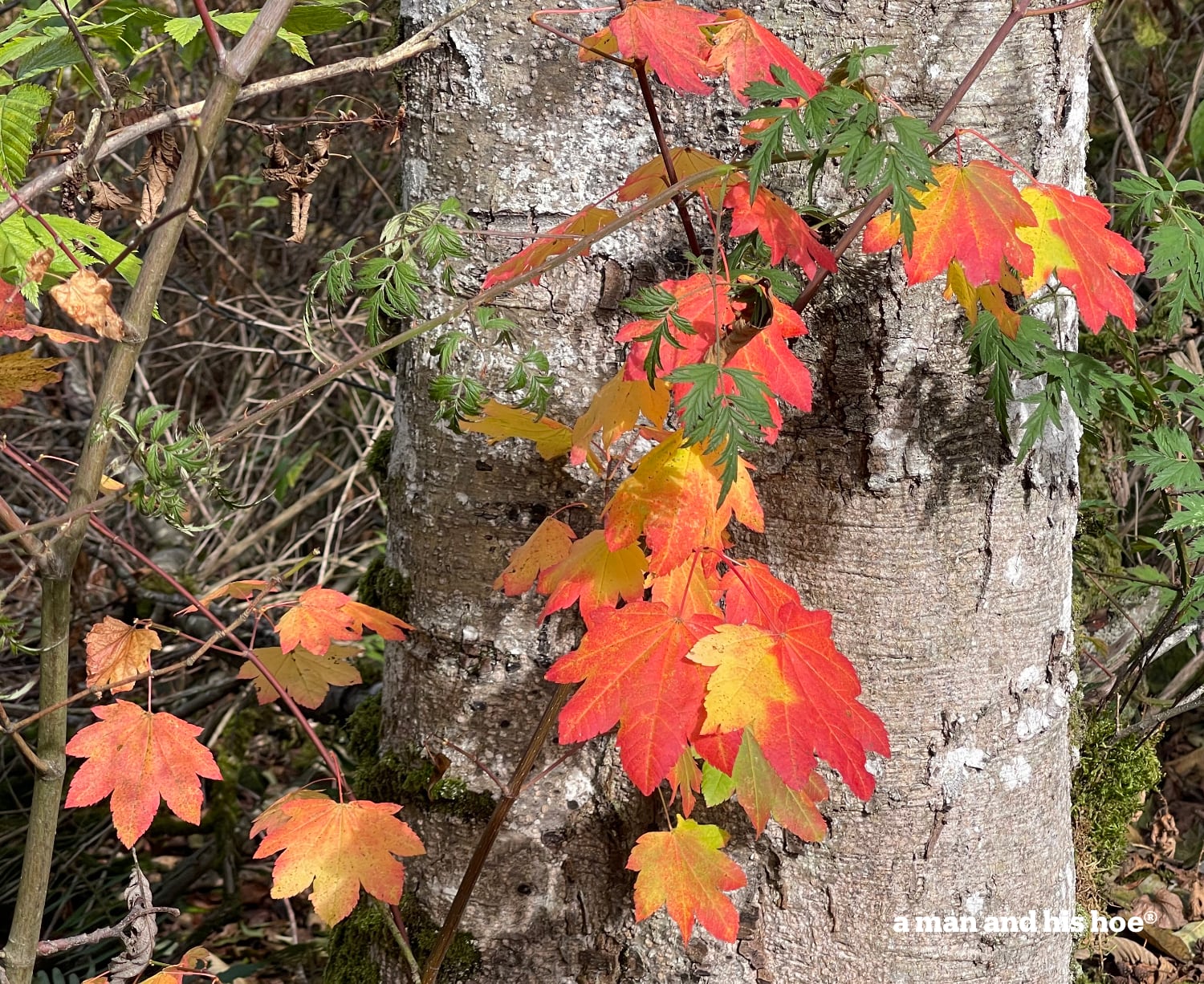
The fall colors are almost over. Steady and at times heavy rains have moved in. Blustery winds tonight will knock many of the leaves away. Japanese has a special word: 木枯し – Kogarashi. It means cold winds during late autumn and early winter (the end of November and beginning of December) which blow from the north and scatter the fall leaves off the trees. That’s a lot of meaning to pack into a word. It was on the news the other day during the weather forecast. The weatherman was predicting the first Kogarashi of the season.
